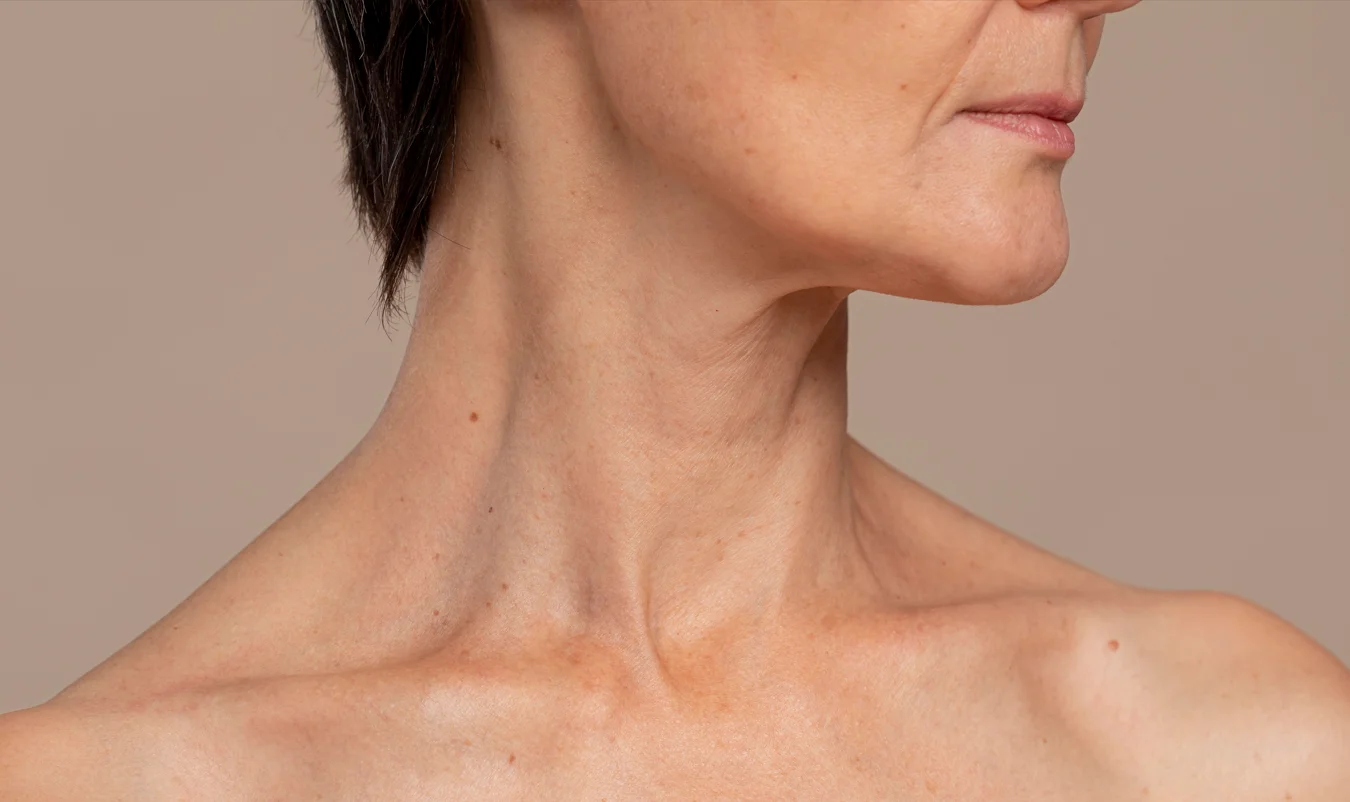
Refractive surgery using lasers is a relatively recent procedure. However, since the FDA approved LASIK, comparable techniques to increase visual clarity for nearsightedness, farsightedness, or astigmatism have grown popular. LASIK is one of the first laser-guided corneal reshaping procedures, and it can correct a wide range of refractive problems. A newer variant, SMILE, has fewer adverse effects. It’s even less intrusive than LASIK, but it’s only for patients who have myopia and, in some cases, astigmatism. While there are some critical differences between SMILE and LASIK, both benefits and drawbacks are very similar. They cost around the same, take about the same amount of time to recover, have similar side effects, and fix refractive defects in the same range, often 20/40.
Read below to know more about Relex smile vs Lasik surgeries to decide which one might be perfect for you.
- The duration of the surgeries – In the Lasik treatment, a local anesthetic is used during the surgery, which takes around 15 minutes per eye. During the procedure, you remain conscious. It takes a day or two for the wound to heal. Most people return to work the next day, although moderate to strenuous exercise, particularly swimming, should be avoided for a few weeks. While you’re in Smile Surgery, The laser is pre-programmed with a map of your cornea, and you lie or sit for around 15 minutes per eye while the laser reshapes your cornea. The recovery time is similar, but there is a lower chance of corneal scarring or the corneal flap separating from your eye.
- The procedure involved both processes — Your eye surgeon will use a device to create a small flap in your cornea during the LASIK surgery. A microkeratome (a tiny, machine-guided scalpel) or a specialized femtosecond laser will be used. Next, they will use an excimer laser to remove some corneal tissue to remodel the cornea. Relex SMILE differs from other treatments. It includes forming a skinny 3D layer in your entire cornea corresponding to the refractive number that needs to be corrected. After that, a tiny keyhole incision of roughly 2-4mm is made to withdraw it. As a result, the cornea is reshaped to match the appropriate shape for vision correction. It takes only a few seconds and is wholly lasered controlled, making it precise, safe, and comfortable.
- The effects and patient satisfaction level in smile v Lasik comparison — When compared to SMILE, LASIK has a more significant recovery from adverse effects at a seven-day follow-up point. At the same time, there was no difference one month after the operation. Patients who choose LASIK report somewhat lower happiness with their procedure than those who decide SMILE, but both approaches have great long-term patient satisfaction. In the end, most people who undergo either treatment are satisfied with the results.
- Smile v Lasik: Which Is Better– Finally, both SMILE and LASIK are cost-effective treatments for correcting refractive problems, albeit there are some restrictions on who is a good candidate for either. SMILE has fewer adverse effects than LASIK, mainly due to the lack of flap development; however, the healing time is slightly longer. SMILE is for persons who have myopia. It may be helpful in some circumstances for people who have slight astigmatism. SMILE may be a good option for you if you have myopia and thin corneas. Both SMILE and LASIK produce similar results. Each surgery has a high rate of patient satisfaction and long-term vision repair.




